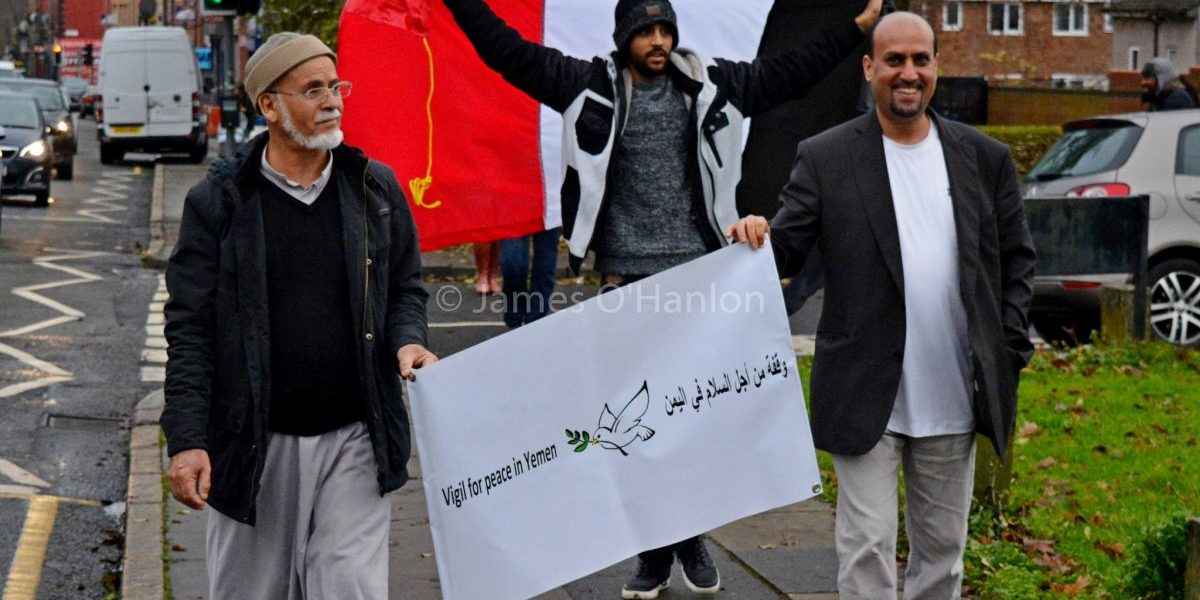In 2008, Queen Rania of Jordan warned that unemployed youth in the Arab world constitute a ‘ticking time bomb’ which, if not diffused, could lead to social unrest. She was correct, if events in Tunisia and Egypt are anything to go by.
The Arab revolt is anchored in a complex mixture of factors. These range from rulers that have overstayed their welcome in presidential palaces by a few decades (3 in the case of Mubarak), to frightening social conditions wherein 80% of the region’s unemployed are under the age of 30.
A whole third of the Arab world’s population is between the ages of 15 and 24. Elite self-enrichment combined with political repression raises many painful questions about the modes of economic accumulation, and the strategies some of these countries can adopt to diversify economies to accommodate a demographic bulge of youthful, educated and unemployed people.
The political situation in Egypt and the open revolt that has spilled onto its streets is echoing through the region. Yemen is one country that has not been in the media eye as much as Egypt. The current waves of protest against President Ali Abdullah Saleh, may see Yemen become the eye of another geopolitical storm in the Middle East. Yemen is ranked 18th on the Failed States Index produced by the Foreign Policy magazine and the Fund for Peace.
But, more important than the current protests are the two ongoing insurgencies the government has been battling. The northern battlefront has already drawn Saudi Arabia to launch military incursions into Yemeni territory to fight back Huthi rebels. The second battlefront lies in the south where a secessionist movement has been calling for independence. Coincidentally most of Yemen’s oil is located in the south.
Until 1990, Southern Yemen was the only Marxist state in the Arabian peninsula. It was called the Peoples Democratic Republic of Yemen. But, when the Iron curtain fell its main artery of economic and political support evaporated leading to its unification with north Yemen.
This has proved to be an unsteady marriage, and typical to resource conflicts, southern Yemeni’s complain about a lack of development although their region is home to the resource wealth of the country.
Mixed into this political melee is the spice of al Qaeda, which is said to have made a comfortable home for itself in Yemen. This, of course, also explains US Secretary of State Hillary Clinton’s surprise visit to Yemen last month when she indicated that Yemen’s fight with al Qaeda is a priority for both Yemen and the US. Yemen is thus not only politically dysfunctional and torn apart by three active battlefronts (one being the front of international terror and counter-terror operations), but also weak and totally militarised.
Why is this relevant for Africa? One reason is the fact that across the narrow Gulf of Aden one finds Somalia, which share not only cultural and religious roots with Yemeni’s, but more importantly, the Horn of Africa has been a post-state battlefront for two decades already. As the world is worried about the impact political instability in Egypt may have on the crucial choke-point of the Suez canal, escalating conflict in Yemen will also increase insecurity in the Gulf of Aden which provides access to the Suez canal further north.
Somalia and Yemen thus share pirate infested waters, ongoing multiple insurgencies, and weak- or already imploded states. This means that even though Egypt and Yemen may have popular uprisings in common, a distinct difference between the two is that (for now, maybe) Egyptians may be using their bodies and bricks torn from sidewalks as weapons against an intransigent ossified political order, but in Yemen, an AK 47 is never too far from reach.
This makes the protests in Yemen not only potentially more deadly, but more like a lethal political cocktail with the following ingredients: a dash of the geopolitics of the US war on al Qaeda; Saudi Arabian paranoia and armed cross-border incursions; a shot of secessionist oil politics in the south; and now a good measure of local political dissent in the spirit of Tunisia and Egypt.
The space to watch in the Arab world may therefore be Yemen, seeing that it has all the potential of blowing up badly if, in fact, it is shaken or stirred in the wrong way. Nevertheless, as Egypt teeters on the brink of an ugly political abyss and Mubarak behaves like a mummy that refuses to leave his pyramid of political power, the rest of the Arab region is looking slightly worse for wear at this stage.









